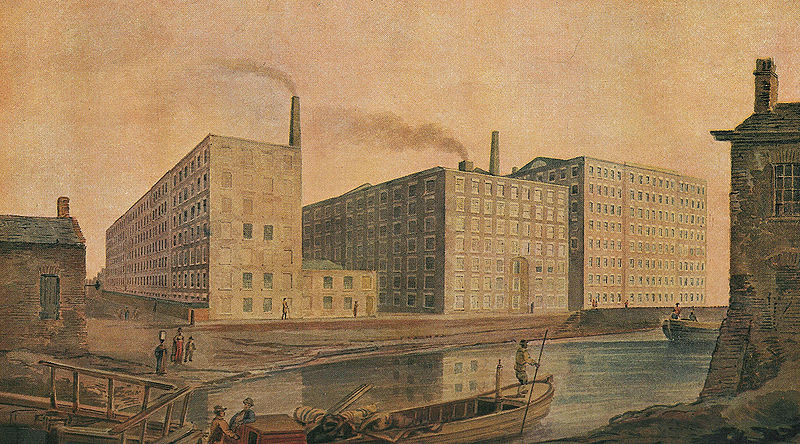Recent graduate Pietro Righi uses provincial-level census data to understand why modern Italy has the most pronounced North-South economic disparity in Europe. He dates the geographical divergence to the period after 1937 and argues it was driven by reductions in transportation costs, market integration, and greater proximity of the North to European consumers.
Italy’s economy is more geographically divided than any other country in Europe. Lombardy, in the north, has a GDP per capita equal to 127% of the EU average; the GDP of Calabria, in the south, is only 56% of the EU average (Eurostat, 2021). Though the ultimate causes are contested, economic historians agree that a key proximate cause of Italy’s North-South divide is the uneven spread of industry, which is concentrated in the North.
I find that within-region disparities were preeminent in the interwar years and only became secondary to between-region disparities after the second world war. Dramatic falls in transportation costs enabled greater concentration and then deurbanization of industry within regions. Even as total industrial concentration decreased following 1937, Italy’s North-South inequalities became increasingly evident.
Existing studies of the spatial patterns of Italian industrialization are have been unable to fully investigate the role of education, innovation, and physical geography because they compare levels across the 20 Italian regions without considering within-regional variations. I use employment data from Italy’s historical industrial censuses to analyze changes in the spatial distribution of Italy’s mechanical industry across 89 provinces from 1911 to 1971.
Italian industrialization in the 20th century was driven mainly by the mechanical industry, which included the many of Italy’s leading industries firms in like automobiles, industrial machinery, and appliances, but also motorcycles, precision engineering, and firearms.
Figure 1 shows the Theil index (a measure of overall concentration) for Italy’s mechanical industries combined. The higher the Theil index, the higher the level of overall geographical concentration.

The spatial concentration of Italy’s mechanical industry increased between 1911 and 1937 and declined thereafter until 1971. This finding follows the predictions of New Economic Geography models which explain the relationship between economies of scale, transport costs, and firm location.
In a country with high transport costs – like early 20th century Italy – industry is geographically dispersed, as firms must locate near final consumers. When transport costs decrease, firms tend to concentrate in regions with large markets, to benefit from proximity to a greater number of consumers and suppliers of intermediate products.
As Italy’s railway and road network developed during the interwar period and transportation costs fell, mechanical industries increasingly clustered in few large urban centers in the North, where firms benefitted from agglomeration economies.
The same models predict when transport costs fall below a certain threshold, proximity to markets becomes less relevant and industry disperses once again. Italy’s post-war reconstruction led to a significant expansion in the road network and a further, dramatic decrease in transportation costs. This enabled firms to locate in peripheral provinces, where they benefited from lower land prices without severing linkages with the markets of large industrial centres.

Figure 2 maps location quotients of mechanical industry employment in 89 provinces to understand the wider regional dynamics changing industrial concentration. Location quotients above 1 indicate concentration of industry within that province.
In 1911, the concentration of industry within regions was the primary driver of spatial disparities. Many southern provinces like Naples and Taranto exhibited high relative levels of employment in mechanical industries, while many northern provinces had virtually no industry at all. The provinces that contained most industry were spread across the country and tended to be pre-unitarian political capitals.
The decrease in the total spatial concentration of Italy’s mechanical industry after 1937 hides a growing North-South divide. Figure 2 shows mechanical industries increasingly concentrating in the North and becoming absent disappearing from the South. Southern provinces like Naples, which in 1911 were important centres of mechanical engineering, fell behind most Northern regions.
By 1971, the only southern province with a location quotient above one was Palermo in Sicily. Within-region disparities which had been preeminent dominant up to 1937 became secondary to between-region disparities after the second world war. The North-South divide had become entrenched.
These observations have implications both for the understanding of Italy’s historical disparities, but also for the future development of regional inequalities in developing economies which are still undergoing industrialization. They suggest a decrease in the importance of province-level agglomeration forces, but a persistence of regional advantages in market access.
Northern regions had better access both to the domestic market and foreign European markets. Thus, as the road network expanded, manufacturing firms no longer needed to be located within large urban centers, but still benefitted by being in the North, near a larger number of consumers.
These results suggest province-level endowments like human capital, innovation, and natural advantages became secondary to institutional and cultural differences which varied by region. The next step in understanding the drivers of the North-South divide in modern Italy should be a causal analysis using the location quotient estimates presented above.




